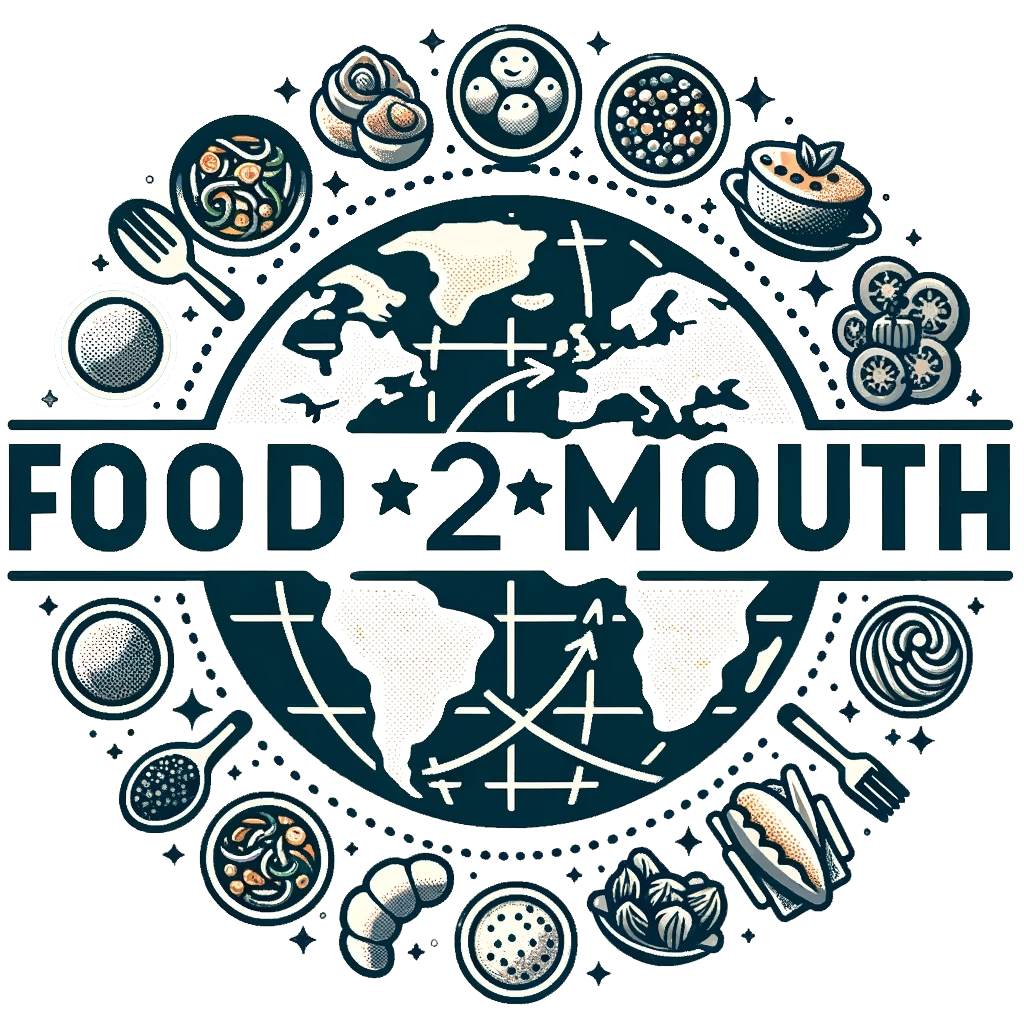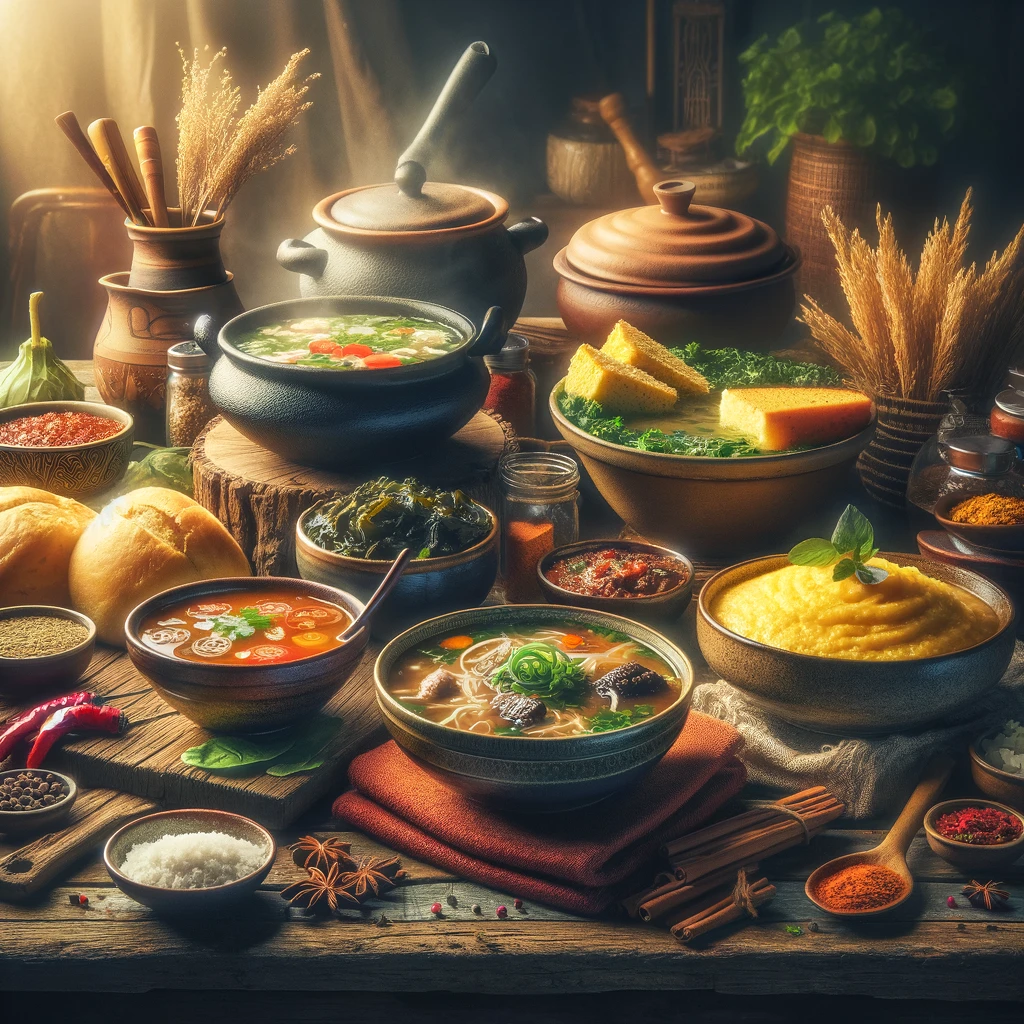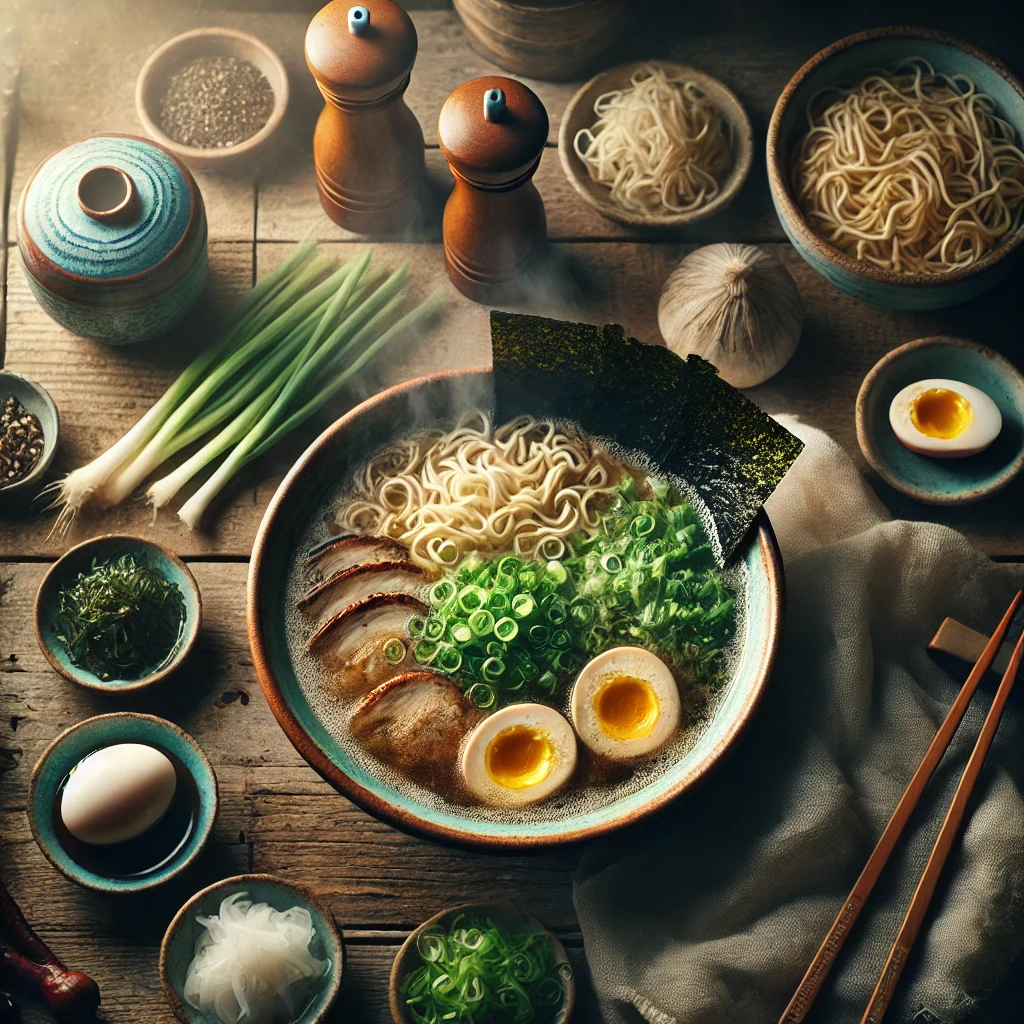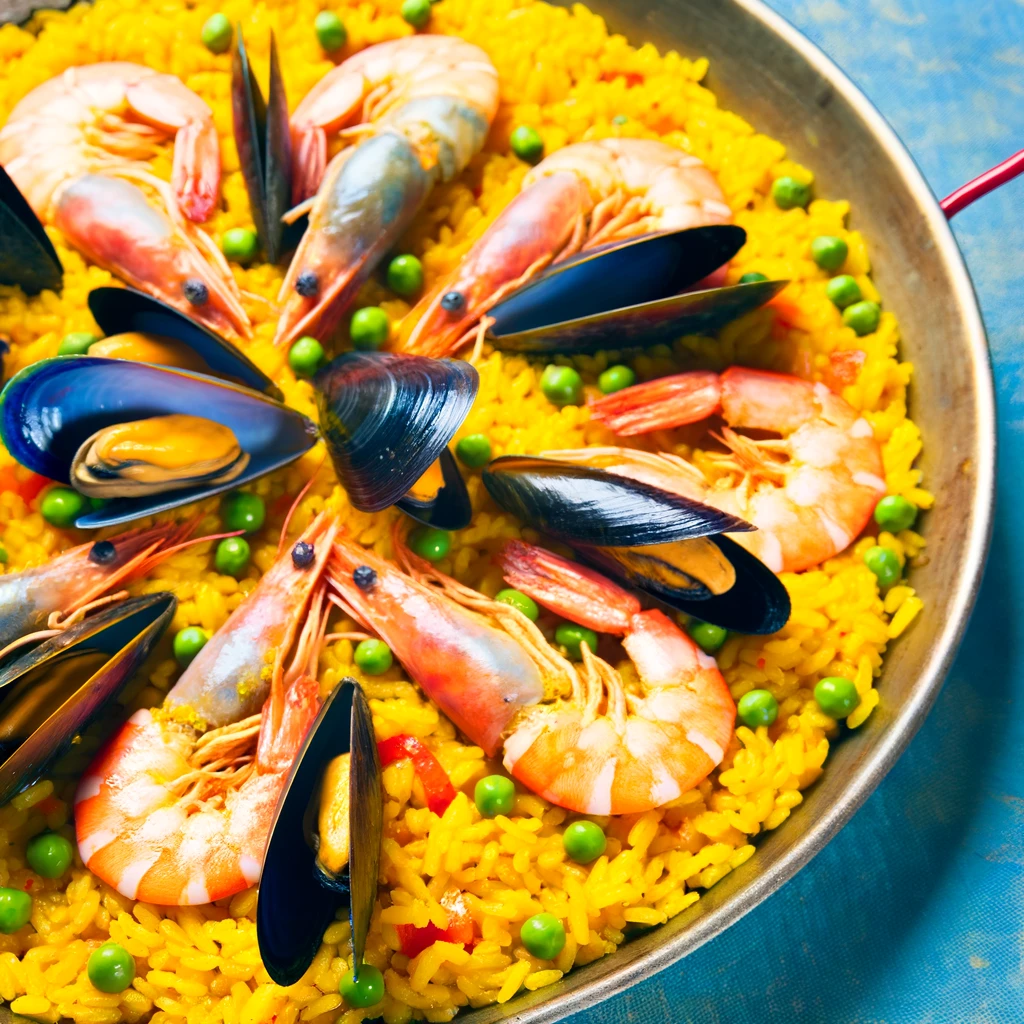Comfort foods from different cultures not only nourish the body but also feed the soul. These dishes, steeped in history and tradition, have traversed borders, creating a culinary tapestry that blankets the globe. This article delves into the origins of these heartwarming meals and their cross-cultural journey.
Comfort food transcends mere sustenance. It’s a gastronomic hug, a culinary memento of home, family, and tradition. From the piping hot pho of Vietnam to the aromatic curries of India, comfort foods from different cultures have crisscrossed the globe, sharing their warmth and becoming part of a shared human experience.
The history of comfort food is as old as civilization itself, where every culture has its version, often born from necessity and scarcity. These foods usually feature readily available ingredients and are simple to prepare, yet rich in flavor and history. For instance, the classic Italian polenta was once considered peasant food, yet now graces tables worldwide with its heartiness and versatility.
As people moved across continents, they took their culinary traditions with them. In the United States, the melting pot of cultures introduced soul food from African American traditions, like collard greens and cornbread, which have origins in West African cooking. Similarly, the Great Migration spread Southern comfort food across the rest of the country, embedding it in the national cuisine.
Comfort food across Continents
In East Asia, comfort foods often revolve around rice and noodles. Japan’s ramen, initially Chinese, has become a Japanese staple. The dish’s adaptability allowed it to flourish in various forms, from the tonkotsu broth of Kyushu to the miso variant of Hokkaido.
European comfort foods tell tales of long winters and the need for sustenance that warms from the inside out. Hungarian goulash, a humble herdsman’s stew, has become a symbol of national pride and comfort. It showcases how a simple dish can gain international fame, with paprika-laden versions popping up in kitchens far from Budapest.
The spice routes not only changed trade but also the flavor profiles of comfort foods globally. Middle Eastern spices have infiltrated dishes worldwide, adding depth to everything from stews to baked goods. The cinnamon used in Mexican chocolate, for instance, was brought by Spanish conquistadors from Ceylon, marrying the New World’s chocolate with the Old World’s spices.
Comfort Food in the Modern World
Today, comfort foods from different cultures often find themselves in the fusion food scene. Korean tacos and curry pizzas are just a couple of examples of how traditional dishes have adapted to fit the tastes of a global audience, often becoming comfort foods in their own right in the process.
Why Do Certain Foods Make Us Feel Happy and Comforted?
The sensation of comfort we derive from certain foods is as much a feast for the soul as it is for the stomach. But why do some dishes lead us down a memory lane paved with happiness and warmth? The answers lie at the crossroads of psychology, neurobiology, and cultural tradition.
The Science of Satisfaction
On the biological front, comfort foods often contain an ensemble of carbohydrates, fats, and proteins that can trigger a neurochemical response in our brains. Carbohydrates boost serotonin production, a neurotransmitter associated with feelings of well-being and happiness. Fats, often abundant in comfort dishes, can stimulate the reward centers in our brains, releasing endorphins and creating a sense of pleasure. Proteins from meats and legumes provide amino acids like tryptophan, which is a precursor for serotonin.
Aromas and Memories
Aromas play a pivotal role in our perception of food. They can transport us back to specific moments in our lives, thanks to the olfactory bulb’s direct connections to the amygdala and hippocampus—areas of the brain heavily involved in emotion and memory. The smell of freshly baked bread may remind us of a grandparent’s house on a Sunday morning, or a simmering pot of stew might recall a family holiday gathering. These scents trigger nostalgic feelings that are intimately tied to our sense of comfort.
Cultural Comforts
Culturally, comfort foods often hark back to childhood or family traditions, representing more than just sustenance. They embody the care and warmth provided by those who prepared our meals during our formative years. In many cultures, food is an expression of love and care, and so it stands to reason that the dishes associated with care and security would make us feel comforted and happy.
Psychological Warmth
Psychologically, there’s a concept known as “emotional eating” where individuals consume certain foods to evoke pleasure or alleviate emotional distress. Comfort foods serve as a culinary hug, enveloping us in a gastronomic embrace that can soothe our stress and anxieties. They are often simple, hearty, and non-pretentious, allowing us to take solace in the familiar during times of uncertainty or discomfort.
The Role of Texture
The texture also plays a significant role in the comfort food experience. The creamy richness of a chocolate pudding, the soft fluffiness of mashed potatoes, or the crunchy exterior of fried chicken all provide sensory satisfaction that can elevate our mood and comfort levels.
In essence, comfort foods are a patchwork quilt of sensory experiences, emotional connections, and biochemical reactions that together, create a nurturing and joyous escape from the everyday. They are a universal language of love and warmth that transcends cultural boundaries, making us feel happy and comforted in the most fundamental human way.
Comfort Food in Popular Culture
The ubiquity of comfort food in popular culture is a testament to its integral role in our lives. From the big screen to the pages of beloved novels, these foods often serve as a character in their own right, symbolizing home, warmth, and nostalgia.
The Big Screen’s Culinary Stars
In film, comfort food is used as a narrative device to establish a connection with the audience. Iconic scenes like the communal Italian meal in “The Godfather” or the delectable depiction of chocolate in “Chocolat” resonate deeply, stirring cravings and comfort in equal measure. These moments are not just about the food itself but about the emotions and memories they evoke.
Literary Feasts
In literature, authors like Laura Esquivel and Nora Ephron have used comfort food as a central theme to explore human relationships and emotions. In “Like Water for Chocolate,” each chapter begins with a Mexican recipe, which is intertwined with the protagonist’s life, underscoring the profound connection between our emotions and the foods that provide solace.
Television’s Love Affair with Comfort
Television shows have long celebrated comfort food, with entire series dedicated to exploring the creations that make our hearts sing. From the ’90s nostalgia of “Friends” featuring the classic turkey sandwich with a “moist maker” to the endless coffee and pie in “Twin Peaks,” these foods become a character that viewers look forward to seeing.
Social Media’s Foodie Movement
With the rise of social media, comfort foods have found a new platform for adoration. Hashtags dedicated to dishes like #MacAndCheese or #ChickenSoup chronicle the myriad ways these staples are enjoyed around the world. Influencers and food bloggers share their takes on classic recipes, further cementing their place in modern pop culture.
Animation’s Wholesome Homage
Even in the world of animation, comfort food is omnipresent. Shows like “Bob’s Burgers” pay homage to the simple joy of a well-made burger, while Studio Ghibli films celebrate the meticulous preparation and enjoyment of meals, highlighting the emotional weight food carries in our lives.
Comfort Food as an Emotional Anchor
The representation of comfort food in popular culture often mirrors our own reliance on these dishes as emotional anchors. They are depicted as a source of joy in celebrations, a balm for heartache, and a tool for bonding. Popular culture reinforces the idea that no matter the complexity of the plot or the depth of the characters, the simple act of sharing a meal can be the most relatable and heartwarming narrative of all.
By reflecting on these cultural portrayals, we can see that comfort food is more than just a genre of cuisine—it’s a cultural phenomenon that speaks to the heart of the human experience. It reminds us that, despite our differences, there’s a universal comfort to be found in the shared experience of eating foods that taste like home.
Conclusion
Comfort foods from different cultures serve as culinary snapshots of history and emotion. They are as much about the people and the stories behind them as they are about the ingredients in the pot. As these dishes continue to cross oceans and borders, they carry with them the essence of home, community, and comfort to far-flung corners of the world.
External links:



